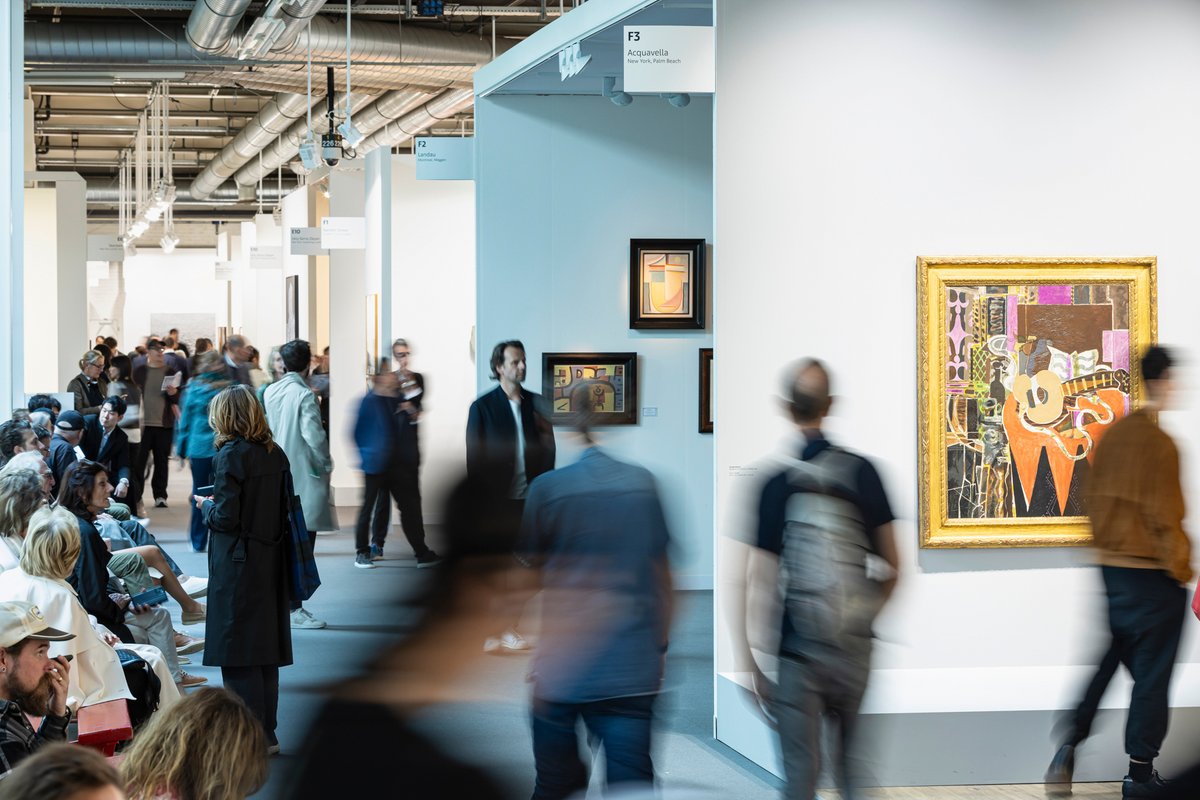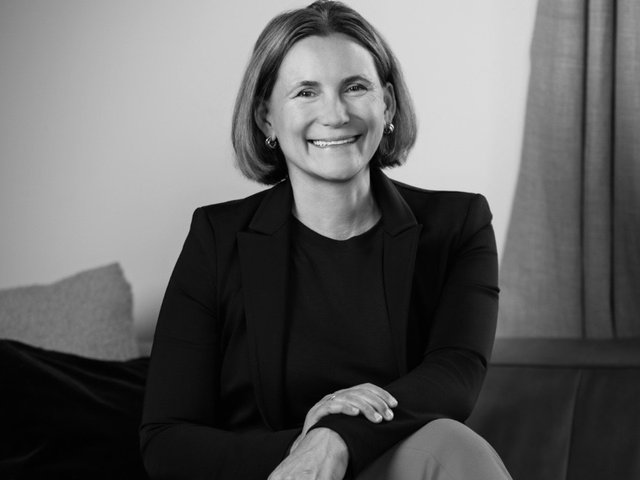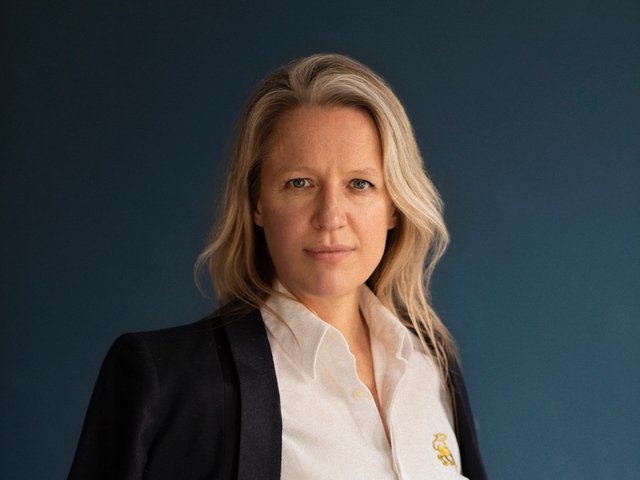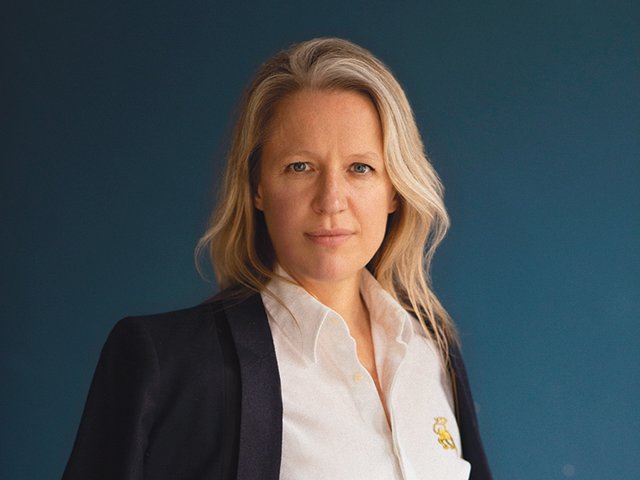The tensions hidden inside art fair floor plans burst to the fore in April after the veteran contemporary gallery Air de Paris announced its withdrawal from the forthcoming edition of Art Basel over the stand it had been assigned. The gallery’s co-founders, Florence Bonnefous and Edouard Merino, made their dissatisfaction public by posting emails they had written about their exit online via Provence, a French publishing house and agency focused on contemporary art.
After being given a choice between their “usual” stand and another, Bonnefous and Merino said, the space they refused was “imposed” on the gallery, which had shown at Art Basel’s flagship event since 1999. They called the process “brutal and unfair”, adding: “We cannot accept this treatment and feel obliged to withdraw.” (Air de Paris did not reply to requests for comment.)
The other side of the coin
Vincenzo de Bellis, Art Basel’s chief artistic officer, global director of fairs, sees the situation differently. “We know and respect that placement is an important thing for our exhibitors, but at the same time, it’s outlined in our rules and regulations that we can do this. Each year we move people,” he says. “Florence is a member of our Paris committee and she knows better than anybody our exhibition regulations.”
Apart from Air de Paris, De Bellis says that 58 galleries in total at this June’s Art Basel had their stands moved. One of the main reasons is the launch of Premiere, a new section for galleries showcasing works created in the past five years. Incorporating Premiere required a revamp of the fair’s layout, but not a particularly unusual one; new galleries, new sectors or even new, larger initiatives are introduced every season, according to De Bellis.
Another consideration is aesthetics, which De Bellis describes as “a very important factor” in deciding where a gallery will be placed. “Galleries evolve over time and we follow/monitor their evolution and we continuously assess where they could fit the best in terms of dialogue with neighbours.”
That Art Basel’s floor plans stay relatively static is a big misunderstanding, he says. The layouts are exclusively determined in collaboration between De Bellis and the individual fair directors, then relayed to exhibitors via Art Basel’s gallery relations team. The process takes around four months to finalise, leaving another three months before opening day for customisation by exhibitors.
Although Art Basel tries to keep communication “open and fluid” to account for any late tweaks, a few pockets of friction are inevitable in every show. “We cannot make everybody happy; that’s something we have to make peace with,” he says.
To each their own?
When it comes to traditional fair stands, contrary to popular belief, different gallerists often prioritise different qualities. Some prefer a certain placement (say, a corner unit) or a specific configuration (say, a stand that allows visitors to pass through from one aisle to another). Some care most about being placed among other galleries whose programmes are in conversation with their own.
Many preferences tie to the one overarching issue: visitor flow. When a fair layout in effect funnels crowds in their stands’ direction, galleries benefit. When it does not, they can suffer.
Katey Acquaro, a director at Silverlens Galleries, which has shown at Art Basel in Hong Kong and Miami Beach as well as Frieze in New York and Seoul, says: “Regrettably, it’s simple. You either want to be at the front or in the middle. Off the beaten path is not a great place to be at the art fair.”
Optimising visitor flow is both vital and “a difficult science”, in De Bellis’s words. Art Basel and Frieze have both overhauled some of their floor plans in pursuit of better results. In 2023, Art Basel redesigned the layout of its Miami Beach expo around five interior plazas, partly to re-engineer foot-traffic patterns. In 2024, Frieze transformed its London floor plan from a compartmentalised front and back to a continuous loop, with its younger galleries moved toward the entrance and its veteran gallerists anchoring the opposite end.
“With the new floor plan at Frieze London, there aren’t any bad placements or dark corners,” suggests Eva Langret, the fair’s artistic director. The loop structure keeps the foot traffic flowing. Yet despite rave reviews, the reworked layout will not prevent grievances about stand assignments. Langret says there is no “formal process” to resolve exhibitors’ disputes, only a dialogue that she describes as: “You’re not happy, you’re my client, I’ve got to figure something out for you to be happy.”






